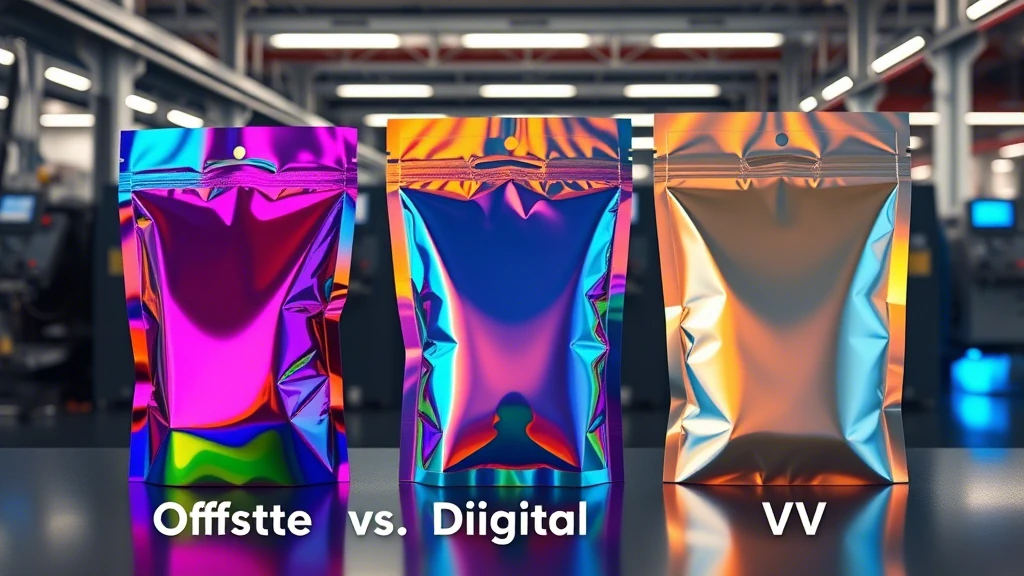
When it comes to customizing Mylar bags, choosing the right printing method is essential. Two of the most common printing options are offset printing and digital printing, each offering distinct advantages. In this guide, we’ll explore what sets them apart and how to choose the best solution for your packaging needs.
What Is Offset Printing?
Offset printing—also known as lithographic printing—is a traditional method that uses a rubber blanket to transfer ink from a plate onto the printing surface. This technique is known for its exceptional image quality, versatility, and efficiency in large-scale production.
Key features of offset printing include:
·High Image Quality: The rubber blanket conforms to the texture of the material, allowing for precise ink transfer and crisp visuals.
·Wide Material Compatibility: Works well on paper, plastic, metal, fabric, and other substrates.
·Cost-Effective for Large Volumes: Ideal for bulk orders like books, magazines, and packaging.
·Durable Plates: Since there’s no direct contact between the plate and the material, the plates last longer.
·Quick and Easy Plate Setup: Though setup is required, it’s relatively fast and affordable.
In short, offset printing remains a go-to method for high-volume, high-quality print jobs across many industries.
What Is Digital Printing?
Digital printing involves transferring digital files directly to the printing surface without the need for traditional plates. It’s perfect for short runs, personalization, and projects that require fast turnaround.
Benefits of digital printing include:
·No Plates Required: Saves time and cost by printing directly from digital files.
·On-Demand Printing: Easily print any quantity, even single units—ideal for short runs and prototypes.
·Variable Data Printing: Customize each piece with unique text or images (e.g., names, QR codes).
·Quick Turnaround: Print jobs can be completed quickly with minimal setup time.
Digital printing is widely used for business cards, brochures, posters, personalized gifts, and more—especially where speed and customization matter most.
When to Choose Offset vs. Digital Printing?
While digital printing has advanced significantly in recent years, offset printing still excels in several areas:
·Cost-effective for high-volume orders
·Use of specialty inks like metallic or Pantone colors
·Printing on a broader range of custom substrates and finishes
·Superior color consistency and detail in large runs
If your project involves a large quantity and demands perfect color accuracy, offset printing is the best choice. For low-volume, quick-turn, or personalized jobs, digital printing is the way to go.
UV Printing: Bridging the Gap
UV printing—especially digital UV printing—offers a powerful hybrid solution. UV inks dry instantly under ultraviolet light, producing sharper images and more vibrant colors. These inks are based on the CMYK system and compatible with various surfaces, including paper, cardboard, vinyl, acrylic, plastic, and metal.
Advantages of digital UV printing:
·Excellent color accuracy and vibrancy
·High print quality on diverse surfaces
·Ideal for short runs
·Outstanding clarity and detail
·Capable of large-format printing
·Fast setup and immediate production
Although offset still leads slightly in image fidelity, digital UV printing has closed the gap, making it the preferred choice for most modern Mylar bag printing needs—especially when speed, flexibility, and quality are priorities.
Still Unsure Which Printing Method to Choose?
If you’re unsure which method is right for your custom Mylar bags, don’t worry—we’ve got you covered.
Contact HMPAC today for expert one-on-one support and tailored solutions that simplify your packaging journey from start to finish.
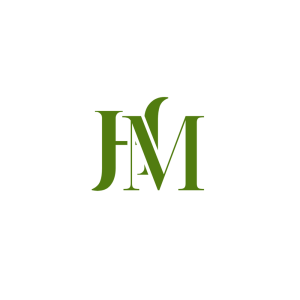
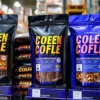


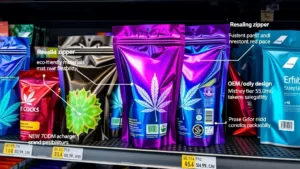
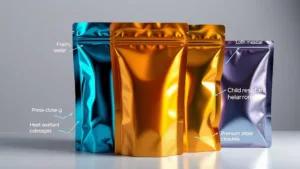

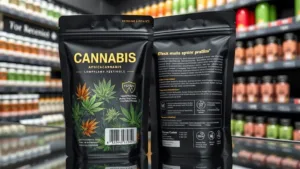
Add comment